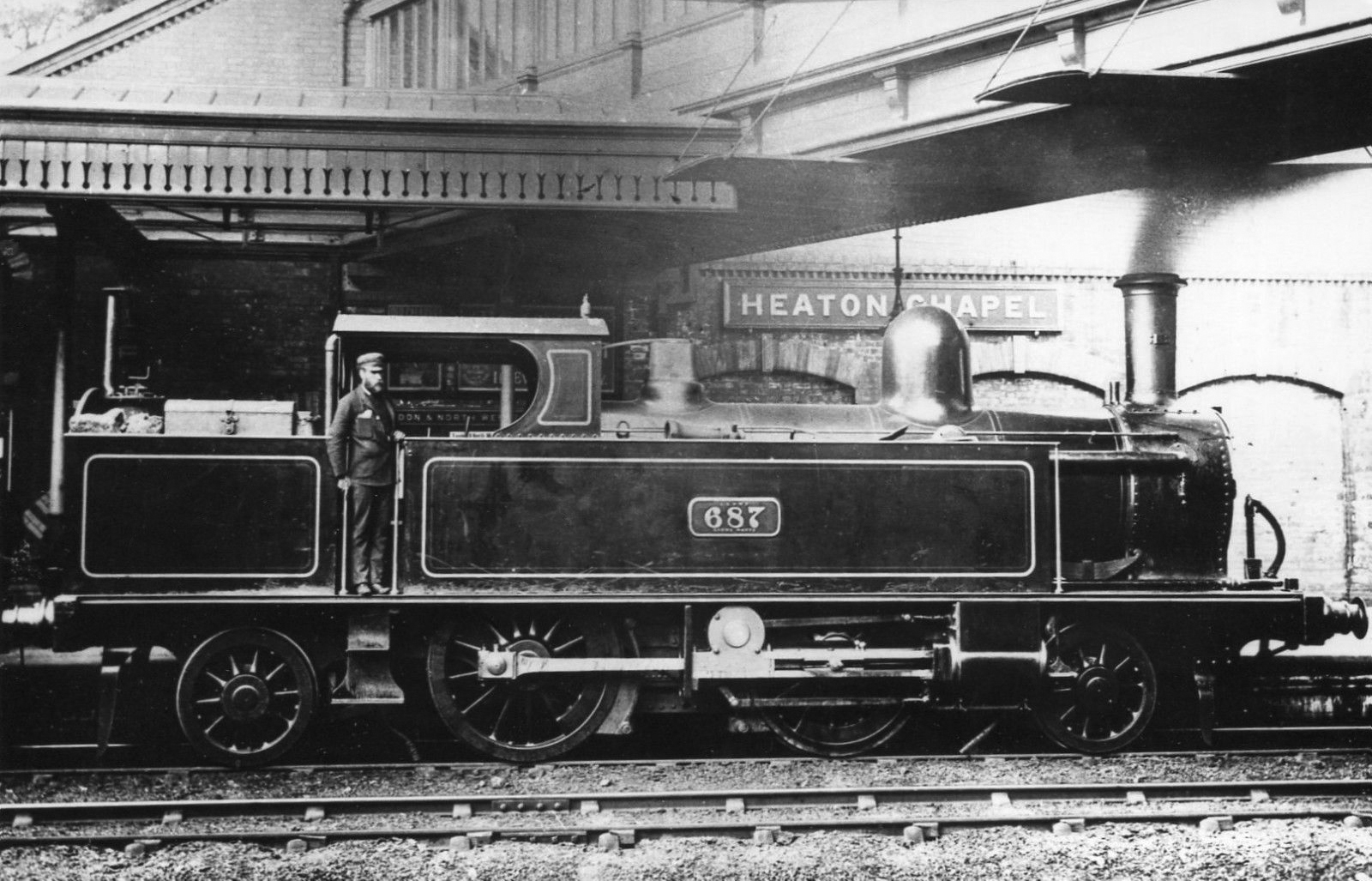2-2-2-2 on:
[Wikipedia]
[Google]
[Amazon]
 Under the
Under the
 Under the
Under the Whyte notation
The Whyte notation is a classification method for steam locomotives, and some internal combustion locomotives and electric locomotives, by wheel arrangement. It was devised by Frederick Methvan Whyte, and came into use in the early twenti ...
for the classification of steam locomotive
A steam locomotive is a locomotive that provides the force to move itself and other vehicles by means of the expansion of steam. It is fuelled by burning combustible material (usually coal, Fuel oil, oil or, rarely, Wood fuel, wood) to heat ...
s, 2-2-2-2 could represent either the wheel arrangement
In rail transport, a wheel arrangement or wheel configuration is a system of classifying the way in which wheels are distributed under a locomotive. Several notations exist to describe the wheel assemblies of a locomotive by type, position, and c ...
of two leading wheel
The leading wheel or leading axle or pilot wheel of a steam locomotive is an unpowered wheel or axle located in front of the driving wheels. The axle or axles of the leading wheels are normally located on a leading truck. Leading wheels are used ...
s, four powered but uncoupled driving wheel
On a steam locomotive, a driving wheel is a powered wheel which is driven by the locomotive's pistons (or turbine, in the case of a steam turbine locomotive). On a conventional, non-articulated locomotive, the driving wheels are all coupled t ...
s, and two trailing wheel
On a steam locomotive, a trailing wheel or trailing axle is generally an unpowered wheel or axle (Wheelset (rail transport), wheelset) located behind the driving wheels. The axle of the trailing wheels is usually located in a trailing Bogie, t ...
s; or of two independent leading axles (not in a bogie
A bogie ( ) (or truck in North American English) comprises two or more Wheelset (rail transport), wheelsets (two Railroad wheel, wheels on an axle), in a frame, attached under a vehicle by a pivot. Bogies take various forms in various modes ...
), two driving wheel
On a steam locomotive, a driving wheel is a powered wheel which is driven by the locomotive's pistons (or turbine, in the case of a steam turbine locomotive). On a conventional, non-articulated locomotive, the driving wheels are all coupled t ...
s, and two trailing wheel
On a steam locomotive, a trailing wheel or trailing axle is generally an unpowered wheel or axle (Wheelset (rail transport), wheelset) located behind the driving wheels. The axle of the trailing wheels is usually located in a trailing Bogie, t ...
s.
Usage
The (2-2)-2-2 wheel arrangement, or (2-2) -2-2, was first used on five locomotives introduced on theEastern Counties Railway
The Eastern Counties Railway (ECR) was an English railway company incorporated in 1836 intended to link London with Ipswich via Colchester, and then extend to Norwich and Yarmouth.
Construction began in 1837 on the first at the London end. Co ...
by John Chester Craven
John Chester Craven (born 1813 in Hunslet, Leeds) was an English locomotive engineer. He was the locomotive, carriage and wagon superintendent of the London, Brighton and South Coast Railway from 1847 until his resignation in 1870. He died in 18 ...
in 1846/7.
The 2-(2-2)-2 version was used by Francis Webb of the London and North Western Railway
The London and North Western Railway (LNWR, L&NWR) was a British railway company between 1846 and 1922. In the late 19th century, the LNWR was the largest joint stock company in the world.
Dubbed the "Premier Line", the LNWR's main line connec ...
between 1885 and 1887 on two unique divided drive compound
Compound may refer to:
Architecture and built environments
* Compound (enclosure), a cluster of buildings having a shared purpose, usually inside a fence or wall
** Compound (fortification), a version of the above fortified with defensive struc ...
tank locomotive
A tank locomotive is a steam locomotive which carries its water in one or more on-board water tanks, instead of a more traditional tender (rail), tender. Most tank engines also have Fuel bunker, bunkers (or fuel tanks) to hold fuel; in a #Tender ...
s, No. 687 (1885) and No. 600 (1887). He then produced two tender engine classes each of ten locomotives: the LNWR Greater Britain Class
The London and North Western Railway (LNWR) Greater Britain class was a class of ten 2-2-2-2 steam locomotives designed for express passenger work by F. W. Webb.
History
The first of the ten locomotives was built in October 1891, and a second ...
(1892–1894) and the LNWR John Hick Class
The London and North Western Railway (LNWR) John Hick class was a class of ten 2-2-2-2 steam locomotives designed for express passenger work by F. W. Webb.
History
They were broadly similar to the earlier ''Greater Britain'' class, the princ ...
(1894–1898). The locomotives were never reliable and Webb's successor George Whale
George Whale (7 December 1842 – 7 March 1910) was an English locomotive engineer who was born in Bocking, Essex, and educated in Lewisham, London. He worked for the London and North Western Railway (LNWR).
Career
In 1858 he entered the LNWR's ...
withdrew them all within three years of taking up office in 1903.
See also
*John Hick (politician)
John Hick (2 July 1815 – 2 February 1894) was a wealthy English industrialist, art collector and Conservative Party politician who sat in the House of Commons from 1868 to 1880, he is associated with the improvement of steam-engines for ...
References
{{Whyte types 22,2-2-2-2